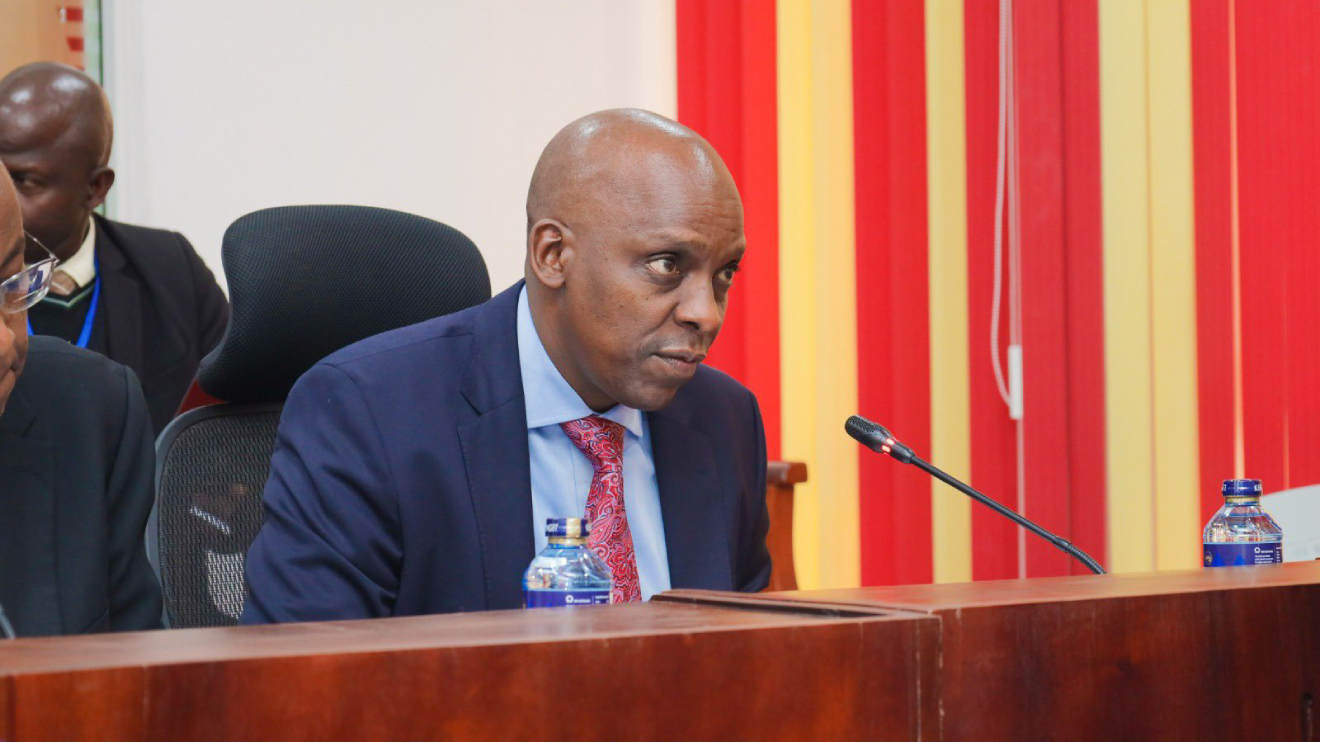As financial institutions brace for the impact of mounting non-performing loans (NPLs), banks are gearing up to increase asset seizures, according to a report released by the Parliamentary Budget Office (PBO).
The PBO's report highlights the intentions of banks to escalate credit recovery strategies, a move that could spell more difficulties for distressed borrowers.
The intensified efforts include the attachment of borrowers' collaterals, potentially resulting in the loss of assets for those unable to meet loan obligations.
"The non-performing loans are spread across all sectors of the economy, and banks have indicated their intent to intensify their credit recovery efforts, which may result in borrowers losing their collaterals in the process," the report states.
Data from the Central Bank of Kenya (CBK) reveals a worrisome trend, with the banking sector's gross non-performing loans surging by 25.67 per cent to Sh635.8 billion last November compared to Sh505.9 billion in the previous year.
Read More
The ratio of NPLs to gross loans also saw a notable increase, climbing by 150 basis points to 15.3 per cent.
The PBO attributes this rise in NPLs to various factors, including the high cost of borrowing following policy rate hikes by the Central Bank and a challenging business environment.
Factors such as currency depreciation, soaring fuel costs, pending bills, and new tax measures have collectively squeezed household disposable income, making loan repayment increasingly burdensome.
The Kenya Bankers Association (KBA) has voiced concerns over the deteriorating quality of loans, urging a halt in further rate increases to stem the tide of defaults.
An estimated Sh130 billion ($915.49 million) worth of loans in the industry turned bad within a year, underscoring the urgency of the situation.
Households and businesses are feeling the pinch of rising borrowing costs, a consequence of the central bank's aggressive interest rate hikes aimed at curbing inflation and stabilizing the currency.
With Kenya's inflation climbing to 6.9 per cent in January 2024 and the shilling showing signs of recovery against the US dollar, the economic landscape remains uncertain.
Looking ahead, banks are poised to intensify credit recovery efforts across multiple sectors, with a focus on personal and household, trade, manufacturing, transport and communication, and real estate.
As the banking sector braces for further challenges, borrowers are urged to seek financial guidance and explore options to mitigate the impact of escalating loan defaults and asset seizures.








